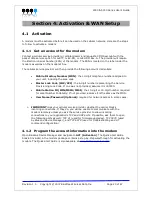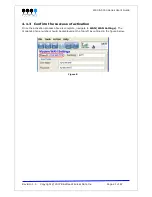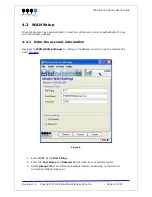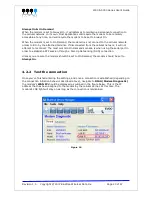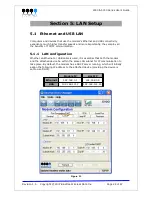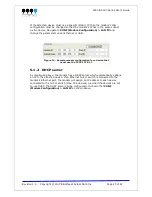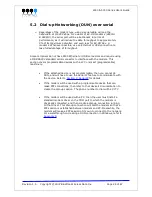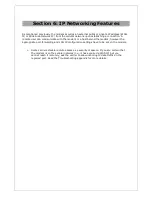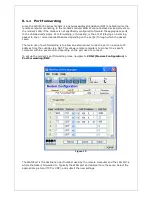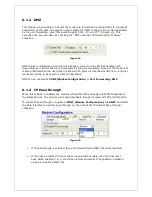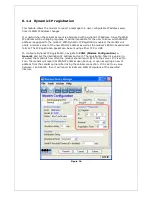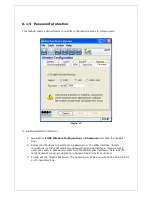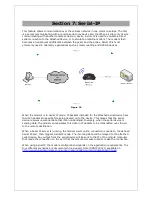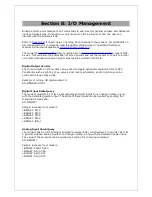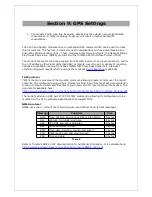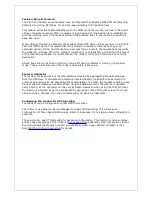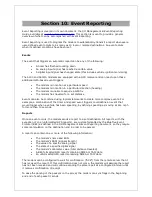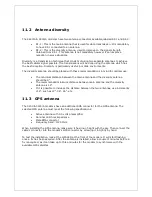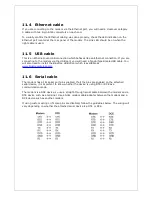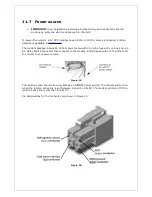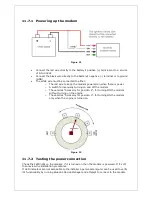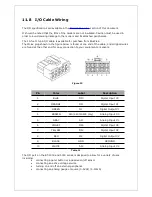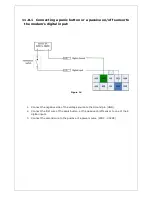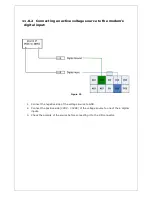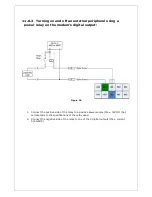
Section 9: GPS Settings
The modem’s GPS reporting frequency determines the cellular network bandwidth
consumption. A higher reporting frequency will result in higher bandwidth
consumption.
The 5200 and 5600/A modems have an embedded GPS receiver which can be used to track
their movement. This feature is commonly used in applications such as asset-tracking and
Automatic Vehicle Location (AVL). These modems support two protocols: the National Marine
Electronics Association (NMEA) protocol and the Trimble ASCII Interface Protocol (TAIP).
The modem can report the fixes acquired from its GPS receiver to the local serial port, and/or
to an IP address, either local (Ethernet/USB) or remote (over the air). A variety of reporting
options are available, ranging from basic NMEA/TAIP timer-based reports to intelligent
condition-triggered reports which leverage the modem's
Event Reporting
capabilities.
TAIP protocol
TAIP is the more complex of the two GPS protocols, allowing greater control over the report
contents. It is configured using a single command string. Read Trimble’s TAIP documentation
to learn to create a command that meets your needs and for report parsing information. The
document is available here:
http://www.bluetreewireless.com/extranet/documents/Trimble_ASCII_Interface_Protocol.pdf
The modem listens on UDP port 21000 for TAIP commands, allowing its configuration to be
modified on the fly by software applications that support TAIP.
NMEA protocol
NMEA uses one or more of the following seven pre-defined, fixed-format messages.
Message
Contents
Size
GGA
Time, position, and various status information
75 bytes
GLL
Latitude, longitude, and time
48 bytes
GSA
GPS DOP and active satellites
63 bytes
GSV
Active satellites in view
70 bytes
RMC
Time, date, position, course, and speed
67 bytes
VTG
Track made good and ground speed
37 bytes
ZDA
Time and date
35 bytes
Table 9
Refer to Trimble’s NMEA 0183 documentation for additional information. It is available here:
http://www.bluetreewireless.com/extranet/documents/NMEA_0183.pdf

